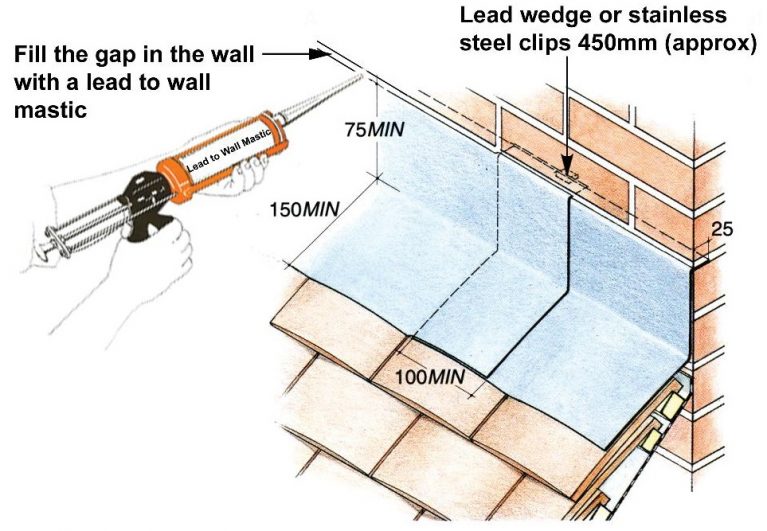What is Lead Flashing?
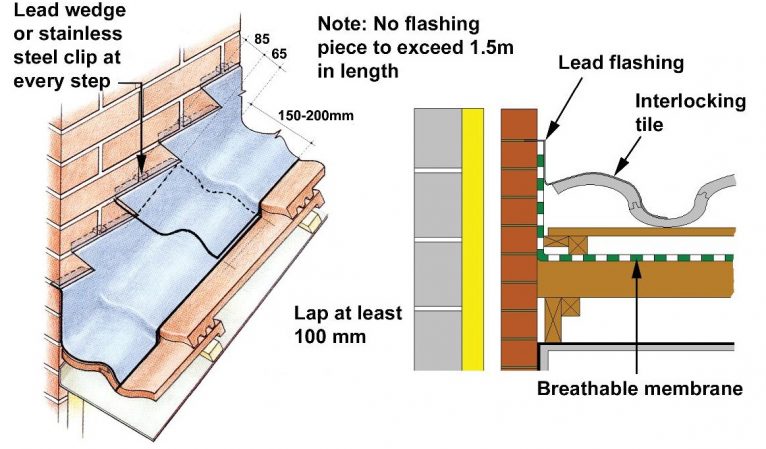
In the construction trade the term ‘flashing’ means to install a layer of waterproof material to create an impervious barrier to stop moisture of fluid from traveling through. It is most commonly used for weatherproofing any potentially exposed areas such as roofs, windows, skylights and chimneys. Installing a layer of flashing, either above or below the surface, protects the property from leaks, damp and many other associated issues.
Why do you need lead flashing?

In the areas where there are breaks in your property’s exterior structure (such as chimneys, windows, meeting points between tiles etc.), there is a vulnerability that you may get leaks or damp entering. This is where high-quality lead flashing work is required.
There are alternatives to lead flashing available, examples include using copper, lead or new synthetic materials that have been designed to have similar properties. Saying this, lead has many advantages as you can find out about in the next section.
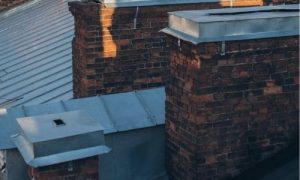
Talking about flashing in general, it is essentially the act of waterproofing any weak or potentially vulnerable areas on the outside of your property. Lead’s incredible durability and waterproofing properties make it the ideal choice for flashing for residential and commercial properties.
If you do not use flashing, install poor quality flashing or do not install flashing correctly; moisture will enter your property resulting in leaks and damp. Even small gaps allowing moisture to enter can result in serious issues over time such as damage to the properties structure, wet rot and dry rot.
These can be extremely expensive issues to resolve, so ensuring that you install high-quality flashing in the first place is vitally important.
Why choose lead flashing for your roof?
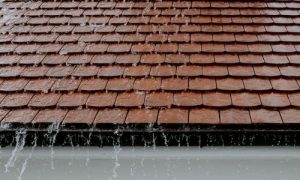
Lead flashing has a range of benefits which makes it a great choice to use on your roof or windows. The first is simply the quality and durability of lead as a material. Known for its robust properties lead has been used in constructing roofs for centuries and using lead flashing can easily increase the lifespan of your roof, especially if you live in areas synonymous with adverse weather conditions.
Going back slightly on our previous point, lead’s unique in the fact it is not only extremely durable but also workable and able to be molded. In addition to this, it is extremely resistant to water and also can be installed regardless of the weather conditions. Lead flashing is also favoured in modern construction as it is eco-friendly as it is 100% recyclable and provides an attractive finish to properties.
Examples of Lead Flashing
Below we have put together a few different examples of how lead flashing can be used on a range of different roofs. It is best to let professional construction workers such as qualified roofers in order to install lead flashing as getting it wrong can be very expensive in the long run with detrimental issues such as damp and leaks.
Lead Flashing with Slate and Plain Roof Tiles
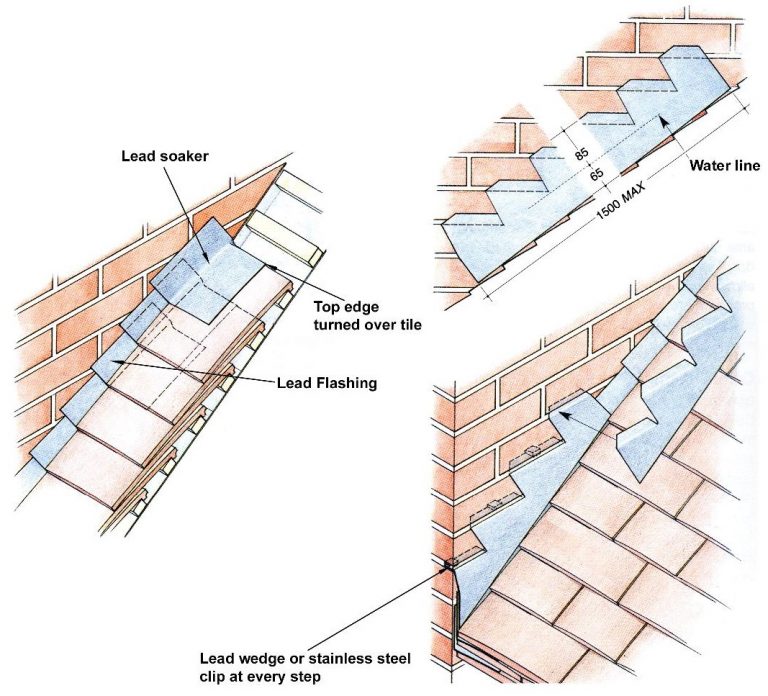
Two Lead Flashing with Slate and Plain Roofs Tiles
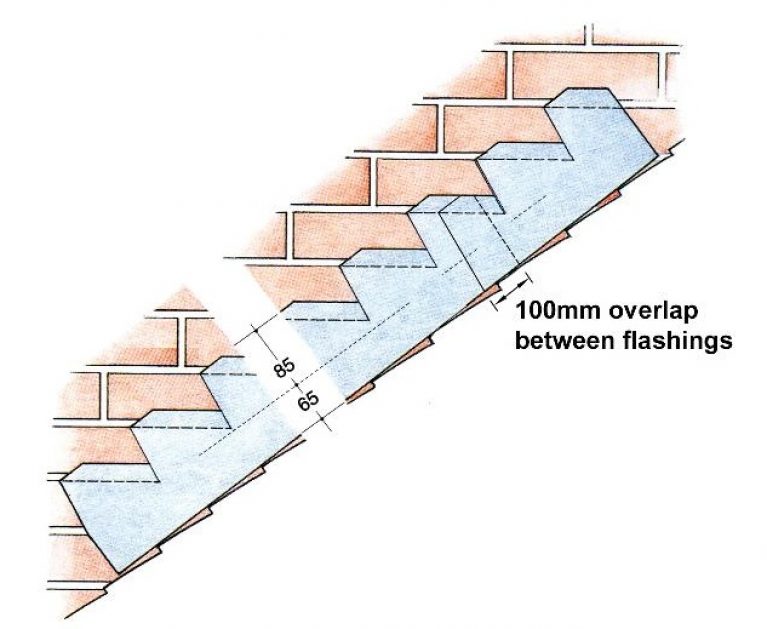
Lead Flashing over Interlocking Tiles

Apron Flashing over Slates or Tiles
